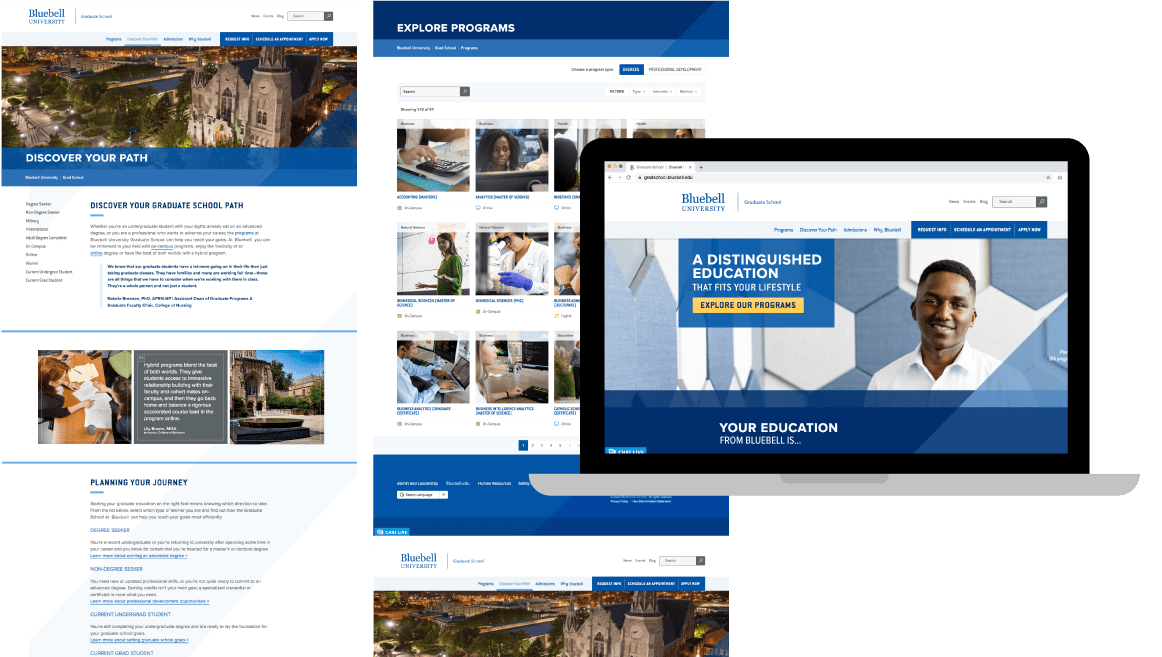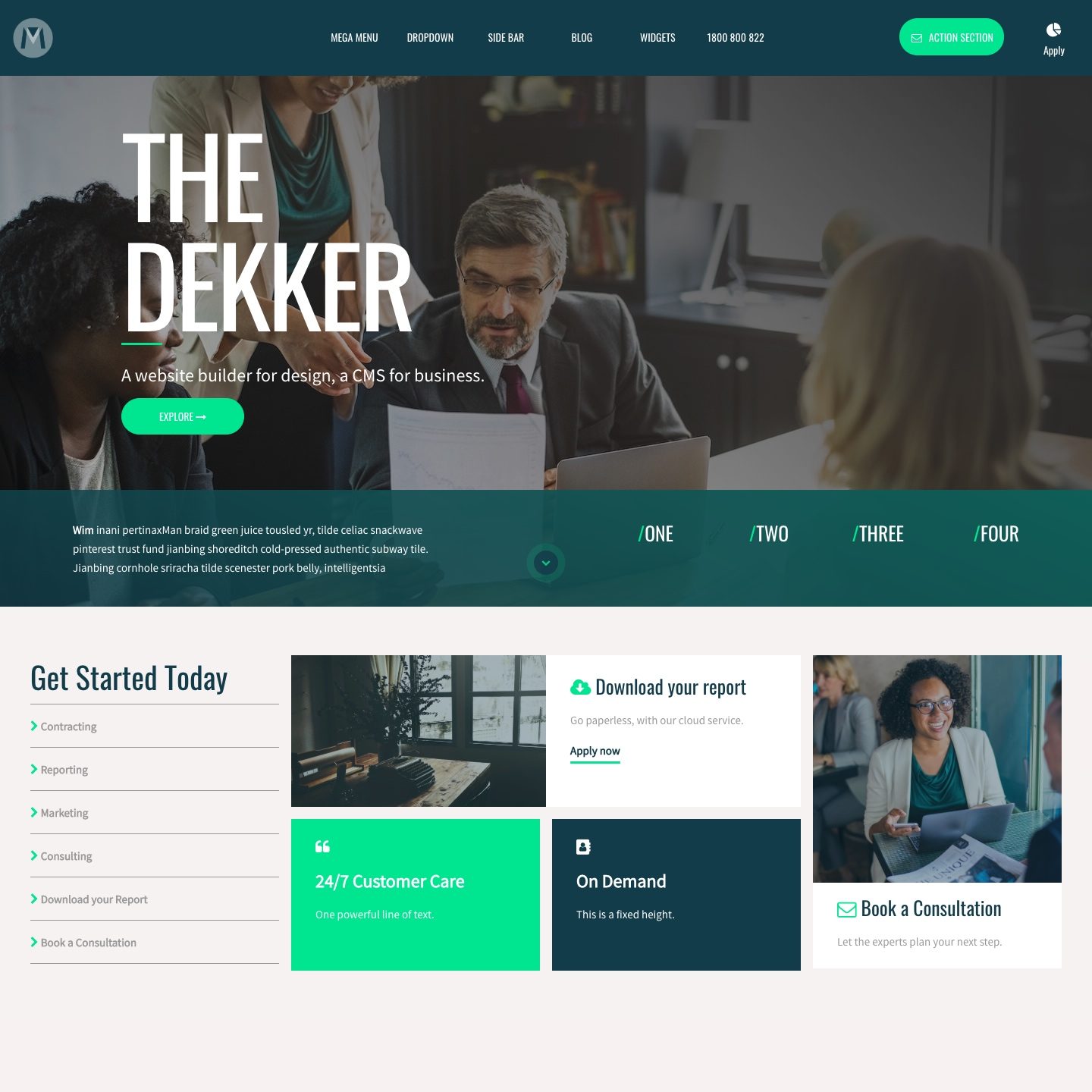Proven Strategies for Successful Website Design
In the ever-evolving world of internet design, it is crucial to stay in advance of the contour and use tested techniques that ensure success. This guide aims to provide professionals in the field with vital understandings and techniques to accomplish effective website design. By adopting a user-centered strategy, designers can create user interfaces that deal with the demands and preferences of their target market. Mobile-friendly and responsive formats make sure seamless user experiences across numerous devices. Reliable navigation and site framework add to very easy exploration and access. Constant branding and aesthetic identity establish a well-known and strong on the internet visibility. Finally, maximizing page rate and performance enhances customer satisfaction and encourages higher engagement. In this overview, we will discover these proven strategies in information, supplying valuable ideas and techniques to boost your web style abilities.
User-Centered Design
User-centered layout is a crucial strategy that prioritizes the needs and choices of the target audience in order to produce an effective web layout. By putting the user at the center of the design process, this strategy guarantees that the end product meets their expectations and supplies a favorable user experience.

Once the research study is full, the next step is to develop customer personas. These characters stand for the various sorts of customers that will certainly connect with the web site - Houston Web Design. By determining their goals, inspirations, and pain factors, designers can craft a layout that addresses their details needs
The user-centered style process likewise includes carrying out functionality screening. This permits developers to collect comments from actual customers and make needed adjustments to boost the web site's usability. By continually repeating and fine-tuning the design based upon individual responses, designers can guarantee that the end product meets the needs and choices of the target market.
Receptive and Mobile-Friendly Layouts
Mobile-friendly formats go past simply receptive design. They concentrate on developing an individual experience that is specifically tailored to mobile phones. This consists of optimizing the internet site's loading rate, simplifying navigation, and making interactive components easily clickable with touchscreens. Mobile-friendly designs additionally take into consideration the constraints of mobile phones, such as smaller sized displays and slower web links, to offer a smooth surfing experience.
Incorporating responsive and mobile-friendly layouts not only boosts functionality yet also has a substantial influence on search engine optimization (SEO) Google, for instance, prioritizes mobile-friendly web sites in its search engine result, making it vital for internet sites to have a mobile-friendly layout to boost their presence and reach.
Effective Navigation and Site Structure
A properly designed navigating system enables customers to easily locate the details they are looking for, resulting in a favorable user experience. When developing the navigating for a site, it is crucial to consider the target audience and their browsing habits.
One effective method for navigation is to make use of a top or side food selection that is present on every web page of the site. This permits individuals to easily access different areas of the website without needing to go back to the homepage. One more method is to include a search bar that allows individuals to quickly look for specific web content.
In enhancement to navigating, the total site structure plays a vital role in the success of a website. An efficient structure assists users recognize the pecking order of information and just how various pages associate to each various other. It is necessary to produce a rational circulation from one page to another, making sure that individuals can conveniently browse in between various sections of the website.
Constant Branding and Visual Identity
A regular branding and visual identification are important components in successful internet design. They should promptly recognize and connect it with a specific brand when users check out a website. This acknowledgment constructs count on and trustworthiness, increasing the try these out chance of individuals engaging with the web site and its content.
Uniformity in branding consists of components such as logo designs, colors, typography, and imagery. These aspects must be made use of consistently throughout the site to produce an unified and cohesive experience. As an example, making use of the same logo and color plan on every page aids users easily browse the internet site and recognize.
Visual identification exceeds branding and includes the total appearance and feel of the site. It consists of the design, use whitespace, font options, and images style. An aesthetically appealing website that straightens with the brand's personality and target audience creates a favorable impact and maintains users involved.
Maintaining a constant branding and visual identification additionally aids in developing a memorable user experience. When customers experience regular and familiar aspects throughout different systems and touchpoints, it strengthens the brand name's message and worths.
Optimized Page Rate and Efficiency
In today's fast-paced digital world, individuals have little perseverance for slow-loading sites. Researches have shown that even a one-second hold-up in web page load time can result in a substantial drop in user interaction and conversions.
One efficient method for boosting web page speed is enhancing photos. Images commonly account for a substantial portion of a website's file size, bring about slower packing times. By pressing and resizing pictures without sacrificing quality, designers can dramatically reduce page tons times.
Another vital element of enhancing page rate is decreasing HTTP demands. Every aspect on a webpage, consisting of photos, scripts, and stylesheets, requires an HTTP demand. By decreasing the number of demands, designers can streamline the filling procedure and boost performance.

Final Thought
To conclude, implementing user-centered layout, receptive formats, reliable navigation, constant branding, and enhanced web page rate are proven strategies for effective website design. By prioritizing the demands and choices of customers, guaranteeing compatibility with mobile devices, organizing content effectively, keeping a regular aesthetic identity, and optimizing efficiency, internet sites can supply a positive user experience and attain their objectives. These techniques contribute to the total functionality and effectiveness of an internet site, eventually my review here resulting in increased user involvement and satisfaction.
By continually iterating and refining the layout based on individual responses, developers can ensure that the last product fulfills the requirements and choices of the target audience.
A well-designed navigating system allows individuals to conveniently find the info they are looking for, resulting in a positive individual experience. It is vital to create a rational circulation from one page to one more, ensuring that individuals can conveniently navigate in between various sections of the website.
Making use of the exact same logo and shade plan on every page assists individuals easily browse the web try this website site and determine.
By prioritizing the requirements and choices of customers, making certain compatibility with mobile tools, organizing material properly, preserving a consistent aesthetic identity, and maximizing efficiency, sites can give a favorable individual experience and accomplish their objectives. - Houston Wordpress Designer